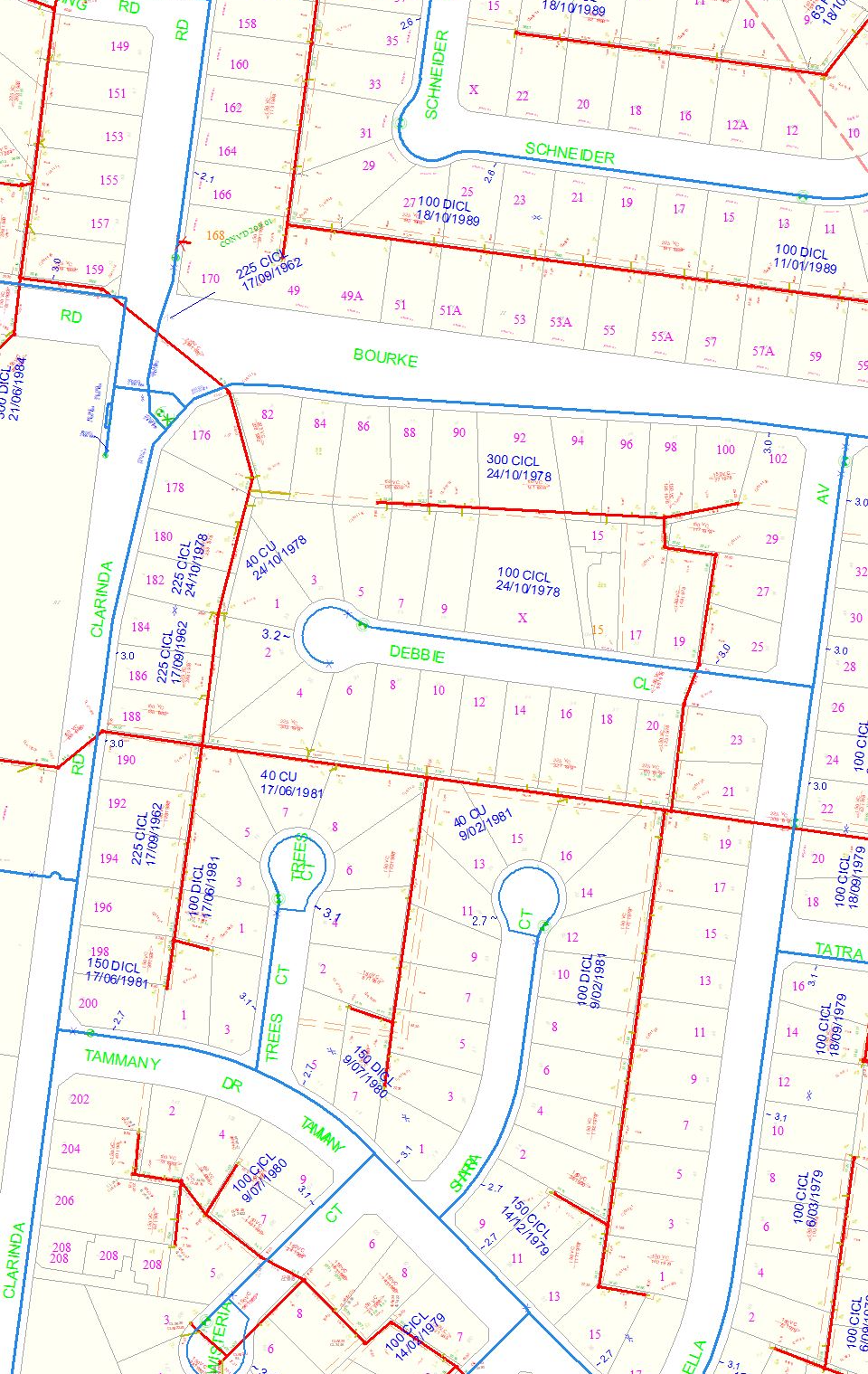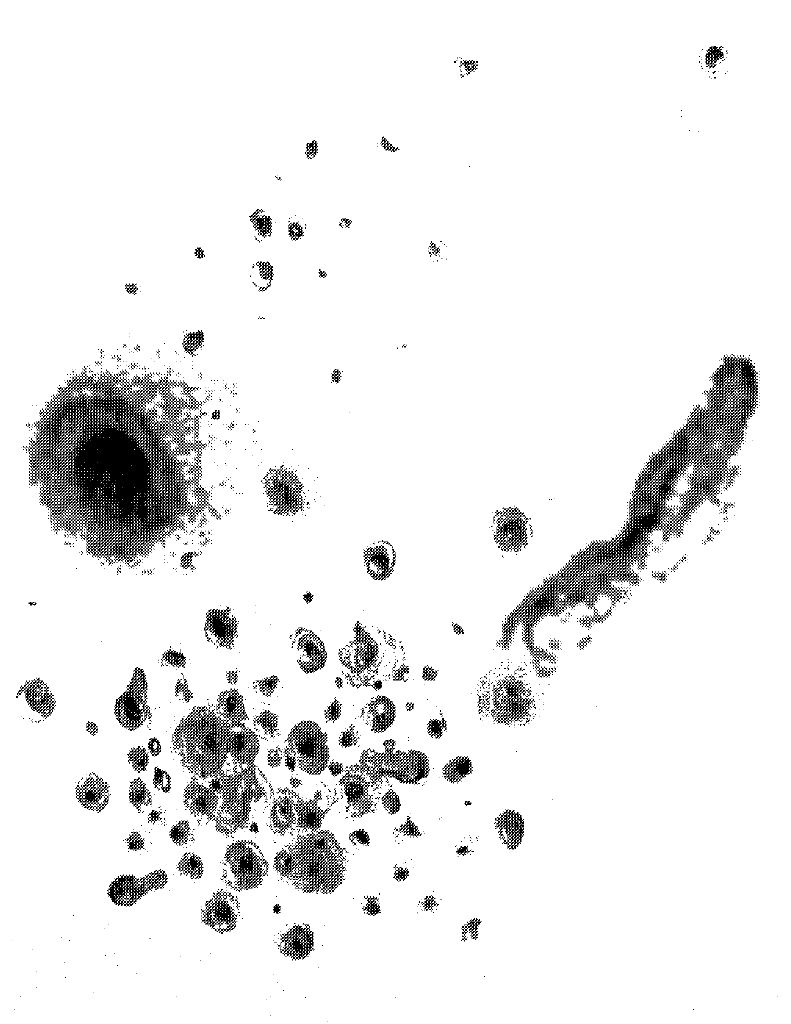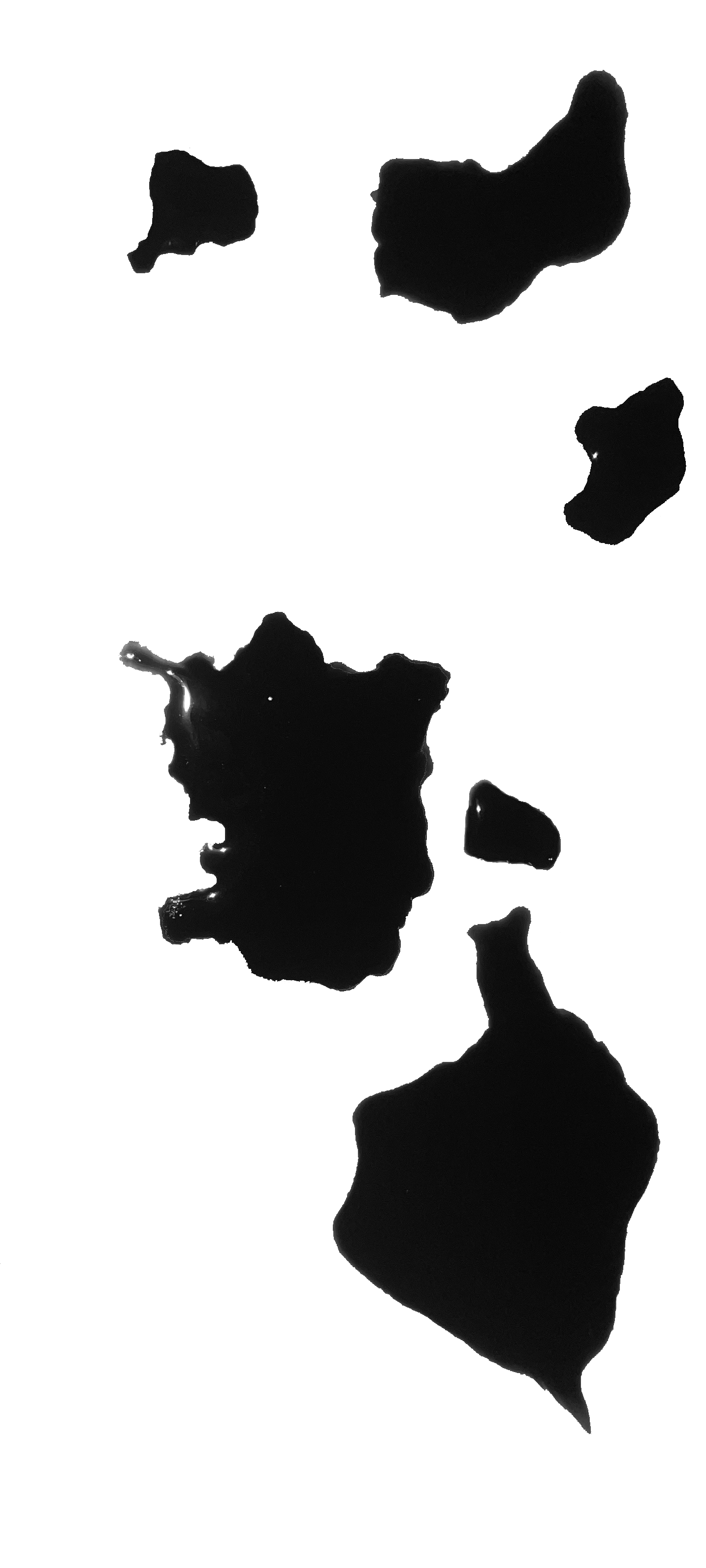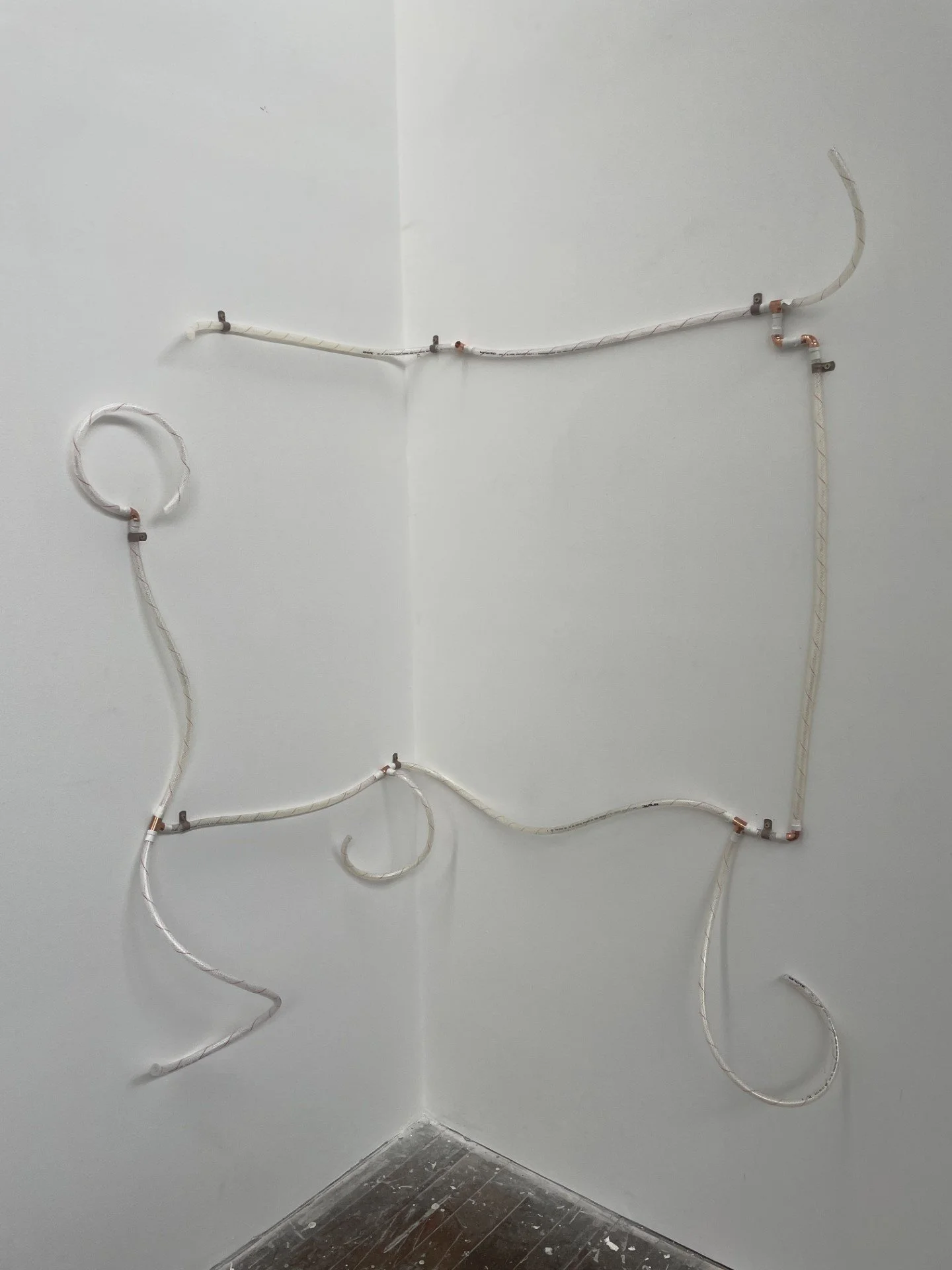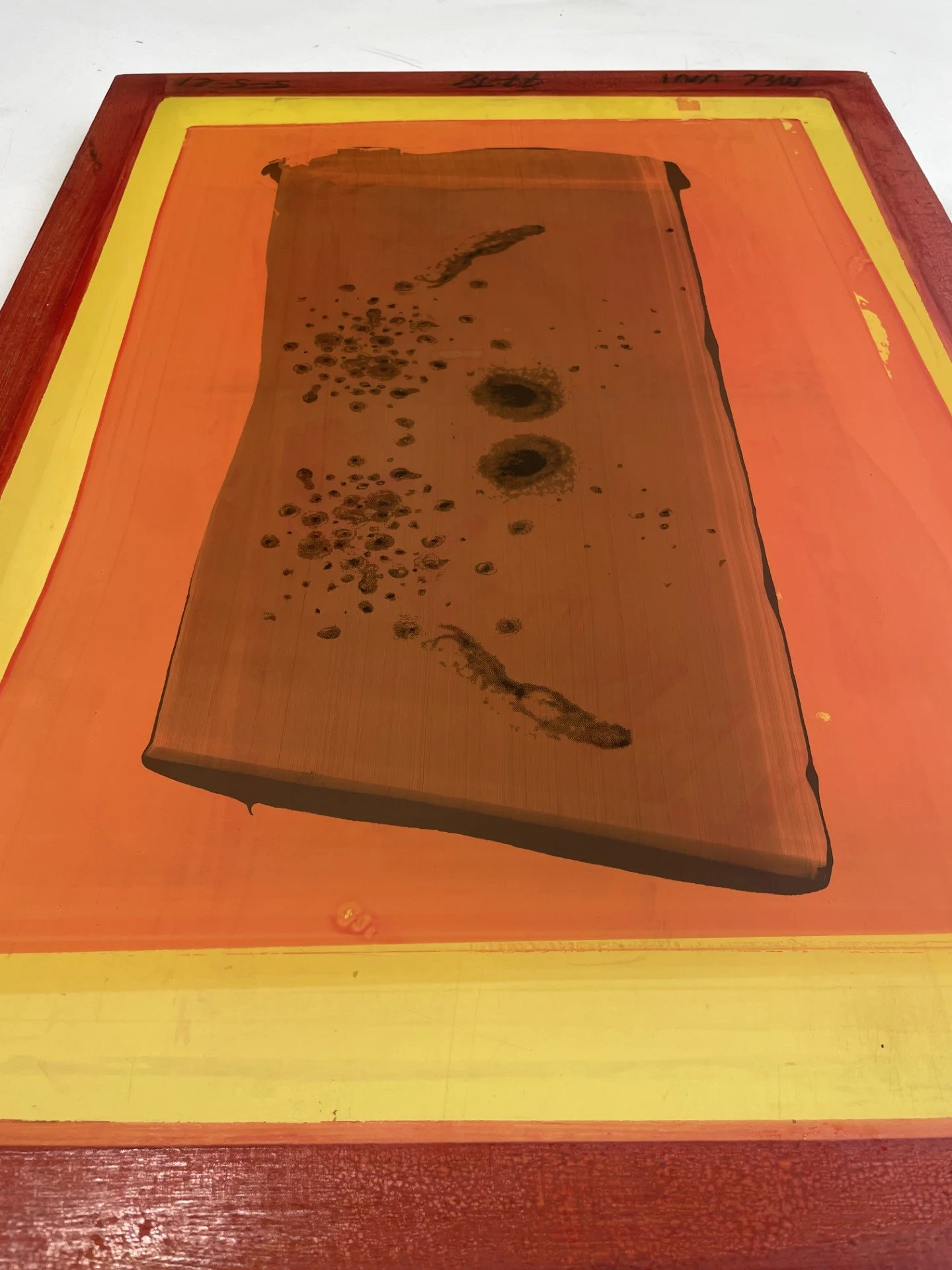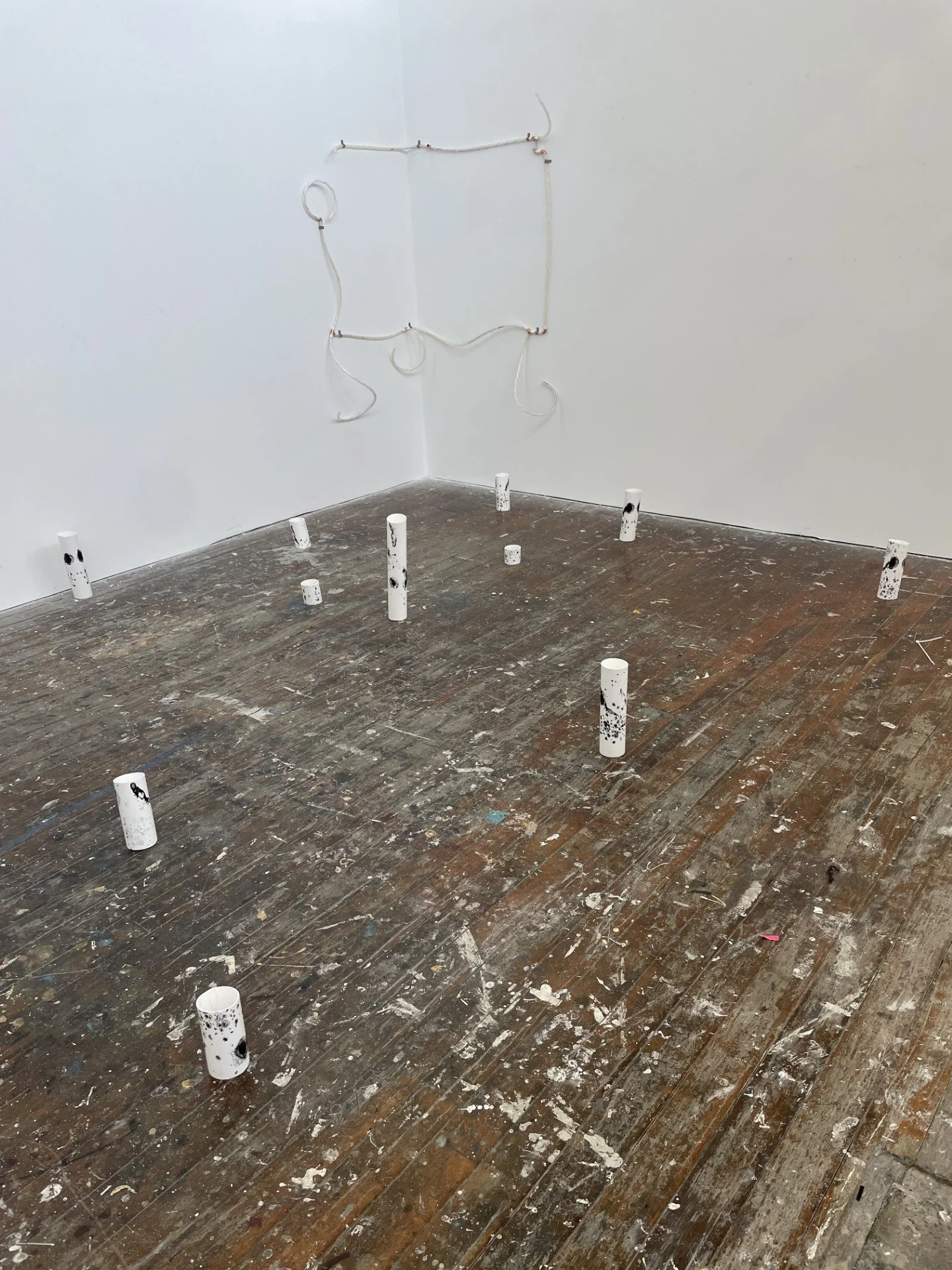1m³
My search for pipes
Looking at creating a map out of pipes which is overlayed with prints of droplets I have collected
I have been looking at https://www.melbourne.vic.gov.au/residents/home-neighbourhood/Pages/drains.aspx
https://www.melbournewater.com.au/building-and-works/developer-guides-and-resources/drainage-schemes-and-contribution-rates/download
history of plumbing and drainage
copper pipes in egypt https://ajalberts.com/history-of-plumbing/
Some of the earliest forms of plumbing were created by Egyptians around 3000 to 2500 BC. It’s widely believed that they were the first to use irrigation in farming, so with the production of metals like copper and bronze, this was the next step in providing drainage systems to the people of Egypt.
greek terracotta pipes
During the Roman Empire (500 BC to AD 476), more extensive systems were put in place that laid the groundwork for the systems we use today. They had sinks, showers, toilets, bathtubs, and everything in between attached to these extensive drainage and plumbing systems. It was pretty impressive!
https://medium.com/@stevelatart/a-history-of-plumbing-6ae1d2c677d5
Maxwell williams
Scoli Acosta
Plumbing is a long, rich history of innovation. The earliest evidence of plumbing dates back to the Indus Valley civilization in 2500 BCE. This ancient civilization created complex underground drainage systems that are still used today in places like India and Pakistan.
This is a map of the major waterpipes in my local area; despite not being super detailed into the specific pipes entering each property, it is the most specific available, sourced from the South East Water app
I plan to construct a version of these maps with clear and copper pipes, and then attach prints of little water maps that I have collected around my home, hoping to communicate a sense of erratic sponanteity existing in the same space as the rigorous organisation of an uncontrollable, protean, life giving substance.
Lotus helped me format a close up of my drawing ready to screen print. It looks like mould or amoeba, and when I exposed it onto a screen I arranged the two copies of this to look like a roscharch test or moth wings
I have been filling droplets surrounding sinks in my home with ink, photographing them, and then turning them into greyscale images on photoshop.
I hope to print these in acetate and hang these on the structure I create, allowing for a sense of human unpredictability and fluidity within a rigid infrastructure.
I went to bunnings and purchased some copper joints (reflecting their use in roman civilisation), and 7 metres of clear pipe to construct my map out of. I initially planned to hang up the ink marks I had collected within the centre of the map, but Dane recommended to keep this space clear as it was still and active area. He also suggested I printed on some PVC piping, so I went to the workshop and sawed them into small pieces. At this stage I was in two minds whether to hang them up on the wall or to have them arranged on the floor. After cutting them up I went to the printing tech and asked for some help, and he showed me how I could load up a screen with ink, flip it over and roll the pipe on it to transfer a print. I used the same Rosarsch test image that I had exposed earlier on the pipes to communicate human need to trap water through an illustration of vapour. Both Dane and Alex suggested that I lay out the pipes on the ground taking up a large space. I did this and found it to be really effective, however when I was recieving feedback it seemed that the two works were better separately and together there seemed to be too much happening visually. From this point I am focussing on the floor work of the pipes, and plan to continue this printing on PVC, playing with colour and transperancy, but also I want to have a projection exploring the movement of vapour more clearly, and I want to do this through animation, bringing my initial drawing to life. I have never animated before so I have lots to learn, but I will do it on Adobe Animate and learn as go via youtube.
This is the map of the major pipelines surrounding my house made of clear pipes and copper joints. I let the pipes stay bent to stay true to the material, not forcing it into rigidity.
I loaded up the screen ready to print on poles, and then flipped it over (as pictured). I did have some trouble at first, initially forgetting to place blocks beneath the screen and printing directly onto the table, but by the final pole I was able to do a much better job.
I was surprised the the circumference of the poles aligned with the print, allowing the overlap to be exact, which worked our really well. Some of the poles were too long, so I had to do them in sections, but this is definitely a process I am going to explore further. I never thought that printing on a cylinderical object would be so easy. The prints themselves were clear and looked mouldy which I really like. While I enjoy the high contrast black and white, I feel that using colours might enhance the meaning, blue for example could communicate plumbing and infrastructure planning documents and grey could more effectively communicate the concept of vapour.
Full artwork installation

